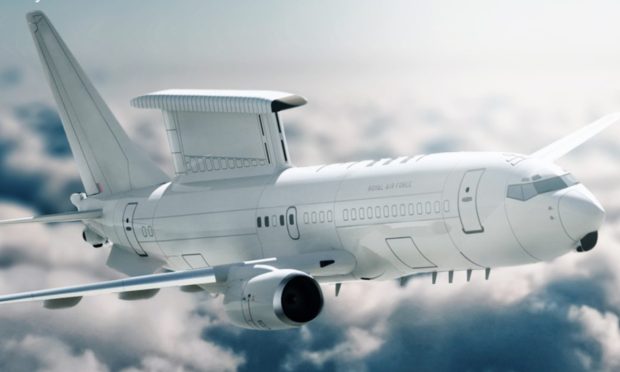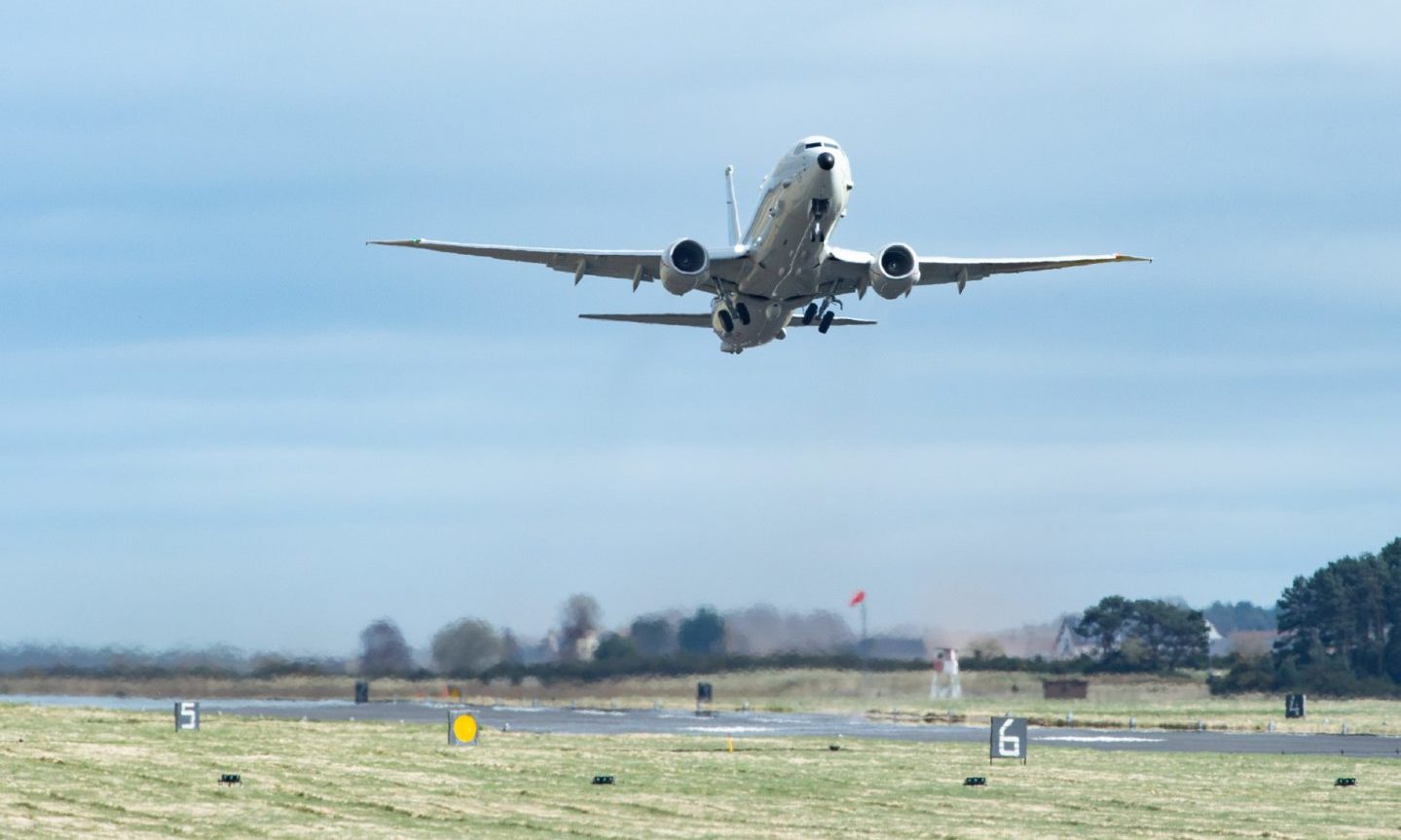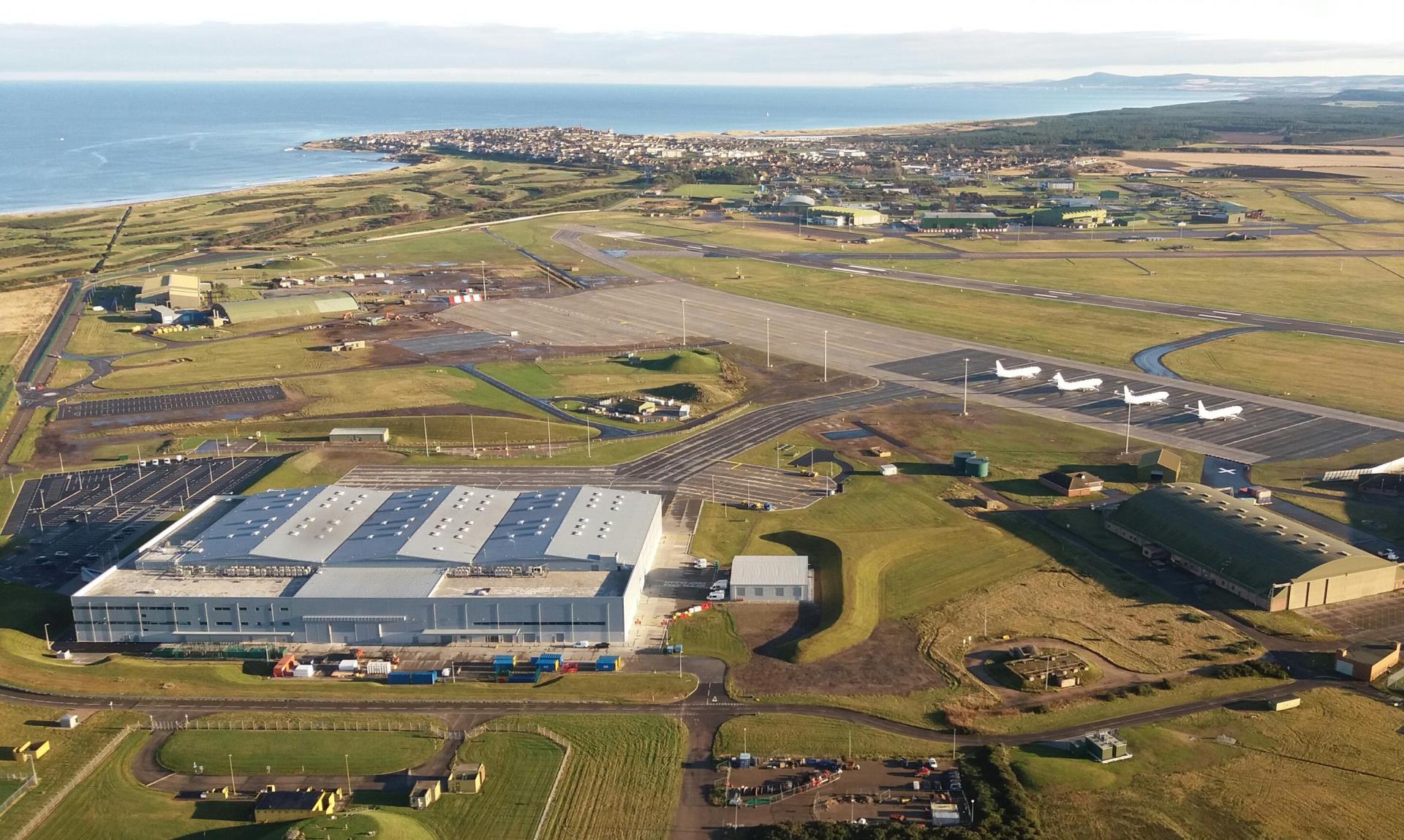A new fleet of Wedgetail spyplanes to be deployed at RAF Lossiemouth has been hit by delays of two years.
The first of three E-7 aircraft were originally due to arrive in Moray by the end of this year.
However, this week a group of senior MPs was told it would likely be 2025 before they are in operational service.
Air Chief Marshal Sir Richard Knighton, Chief of the Air Staff, blamed Boeing for the delays at Westminster’s Defence Select Committee.
Wedgetail delays ‘unacceptable’ during Ukraine conflict
The three Wedgetail aircraft due to enter service at RAF Lossiemouth are currently being modified in Birmingham.
Initially the military wanted five of the planes, before ministers took the decision to scale the order back to three.
Sir Richard confessed to MPs there is currently “a gap” in airborne early warning capabilities in the UK – adding the MoD has tasked a “scary individual” to push for progress.
He said: “There are clear signs that Boeing is unable to deliver against the timeline that it had set, so we continue to drive Boeing and the supply chain to deliver the capability as quickly as possible.
“I am acutely conscious of the fact that we do not have an airborne early warning capability right now, and I want to see that in service as quickly as we can possibly make it.”
He added: “There are a whole range of problems, and there is no one silver bullet or magic wand that we can wave over it.
“This requires us to drive Boeing, it requires Boeing to respond by driving its subcontractors, and it requires us to work tightly with the likes of the Military Aviation Authority.”
Committee member Mark Francois, who is a Conservative MP in Essex, described the delays as “unacceptable” during the Ukraine conflict and a “real worry”.
What will Wedgetail do at RAF Lossiemouth?
The E-7 Wedgetail is similar in size to the P-8 Poseidons already based at RAF Lossiemouth due to them being based on the same Boeing 737 fuselage.
However, Wedgetail is modified to carry an advanced radar system in a hammer-shaped fin.
The aircraft can act as a mobile command centre in the sky while coordinating multiple assets including fighter jets and warships.
It is described as “the most capable and effective” airborne early warning and control platform. It has been used by the Australian air force in Iraq and Syria.
An £83 million facility for the planes is currently under construction at RAF Lossiemouth next to the Atlantic Building, which houses the Poseidons.



Conversation